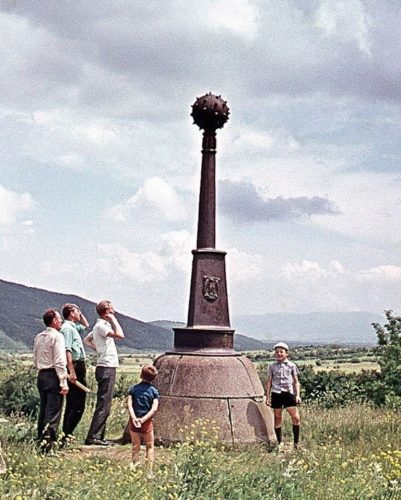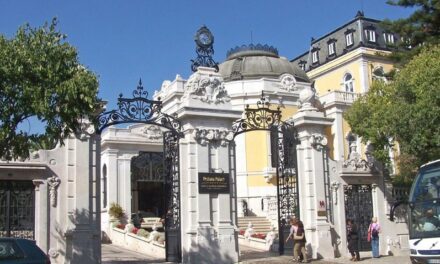"A Hungarian novelist, it seems, cannot avoid the historical theme." This was written by Aladár Schöpflin in the second issue of Nyugat, published in 1935, discussing Zsigmond Móricz's Transylvanian trilogy. If he were alive today, Schöpflin could describe the same with the addition that the situation is similar with film.
We are hungry for historical topics, and writers and filmmakers are also happy to turn to them. Hídember, presented in 2002, seems to have closed an era, a long decade, during which writers and filmmakers felt a strong urge to talk about the events and turns of Hungarian history, from the conquest and the Árpád era to the displacements of the 1950s, the 1956 until the revolution.
Then followed a quiet period, which was broken by the change of government in 2010, more precisely the cultural policy and support system of the national government. Since then, large-scale historical novel series have been published in droves, and now films are being prepared one after the other. You don't have to ponder much to understand why Hungarians always look back to the past instead of looking forward. National romanticism was a means of strengthening national consciousness from the reform era to the age of the mature Monarchy, Hungary after Trianon reached back to this in order to bear the injustice that it suffered during the peace treaties, and now, after forty-five years of socialism that destroyed all previous values , renamed, twisted, buried, we still long to be proud of the past, because then we might understand our present self. The more than three decades that have passed since the regime change were not enough for this.
Megafilm somewhat goes against the trend observed in the choice of topics. The studio records one of the defining events of the Hungarian half-past, Elk*rtuk, which evokes and analyzes the government terror after the Ószöd speech, and now it is shooting an eight-part television series from the first part of Zsigmond Móricz's Transylvania trilogy, Tündérkert, with the cooperation of MTVA. So it doesn't show a battle, it doesn't show a general, it doesn't show a glorious ruling dynasty: it takes you into the dense personal and political web of 17th-century Transylvania. A bold undertaking, Móricz's work divided the critics of the time (Tündérkert was published in sequels in Nyugat from 1921, in book form in 1922), although it is true that all critics acknowledged that it was a grandiose work of writing. The creators can learn many things: historical fidelity, the task of transforming Móricz's inimitable linguistic plasticity into an equivalent cinematic language, and so on. But there is something even more difficult than that. In the already mentioned article, Schöpflin writes about Móricz's venture as follows: "He took the typically lowland realist writer to Transylvania, the birthplace of Hungarian romanticism, perhaps because of tradition, perhaps because of Calvinist nervousness, but without a doubt, first and foremost is the recognition that, viewed from old Transylvania, like a vantage point from the tower, you can get a better glimpse of the fate of Hungarians and the forces that determined this fate."
So the key is, what kind of Transylvania will the production show us? An idealized world? A fairy garden that never existed? The place and time of the big historical facts? Or a Transylvania from which we can better glimpse our destiny, like a lookout tower? Not an easy puzzle. We eagerly await the solution.
Source: Magyar Hírlap
Author: György Kerégyártó
Image: Erdely.ma












